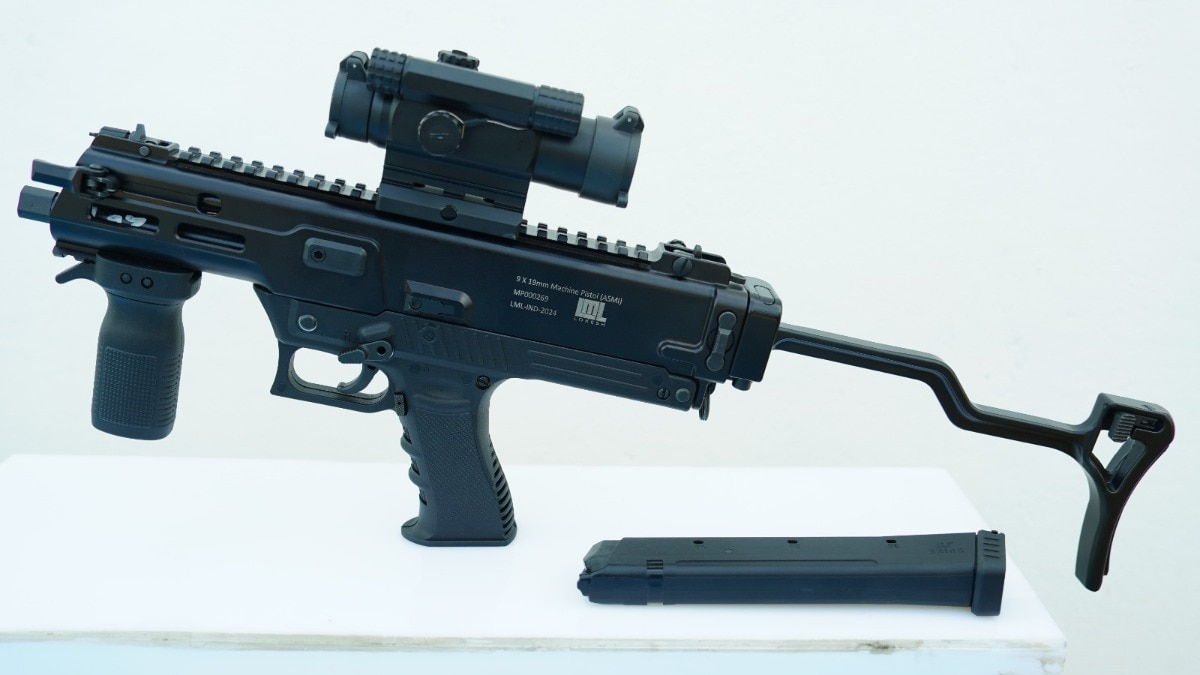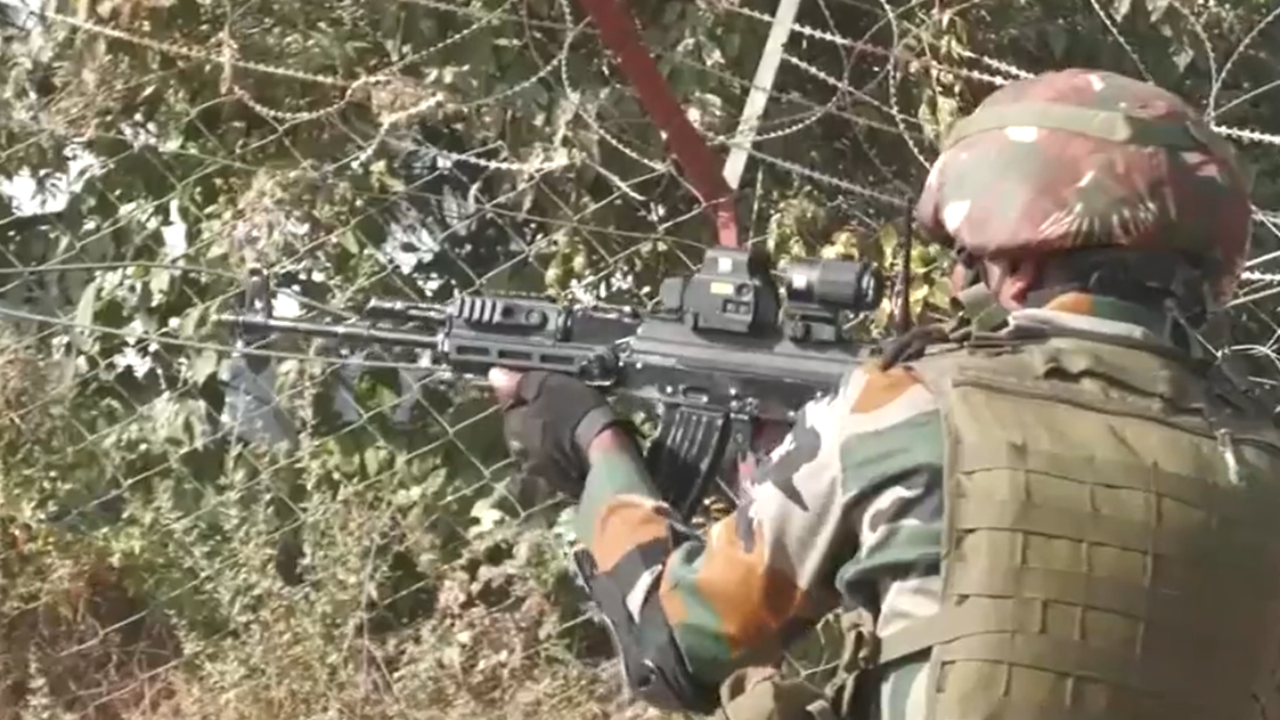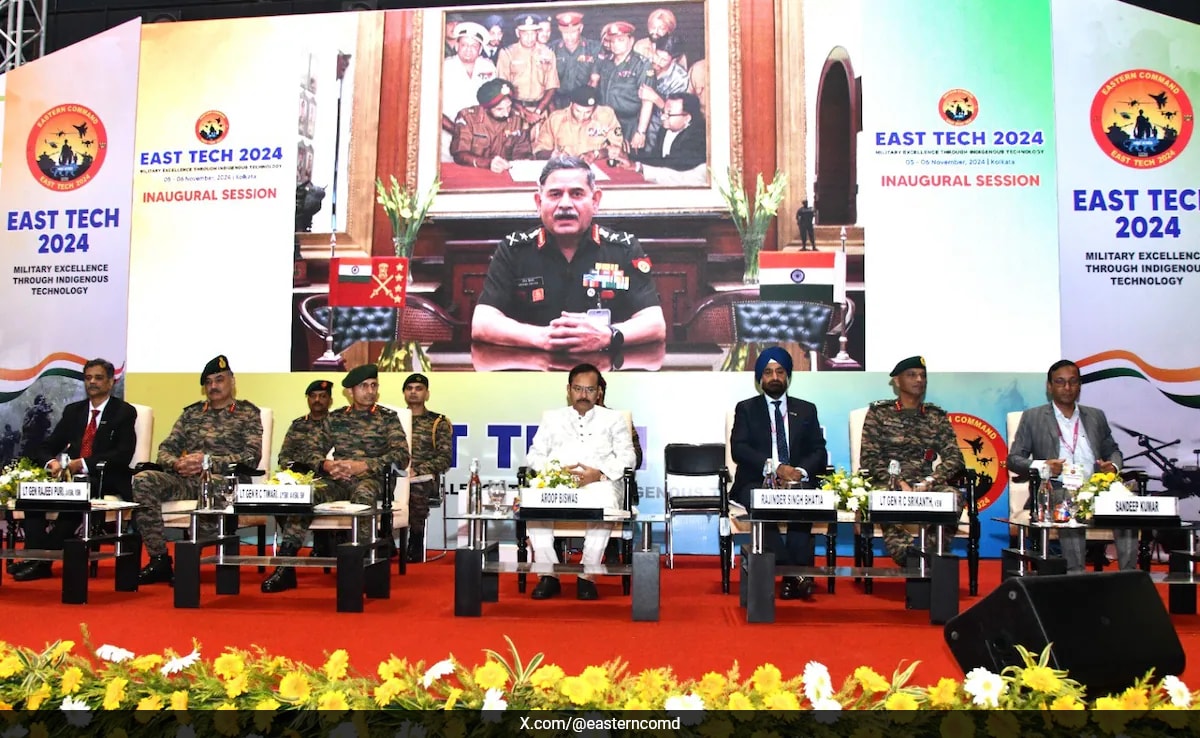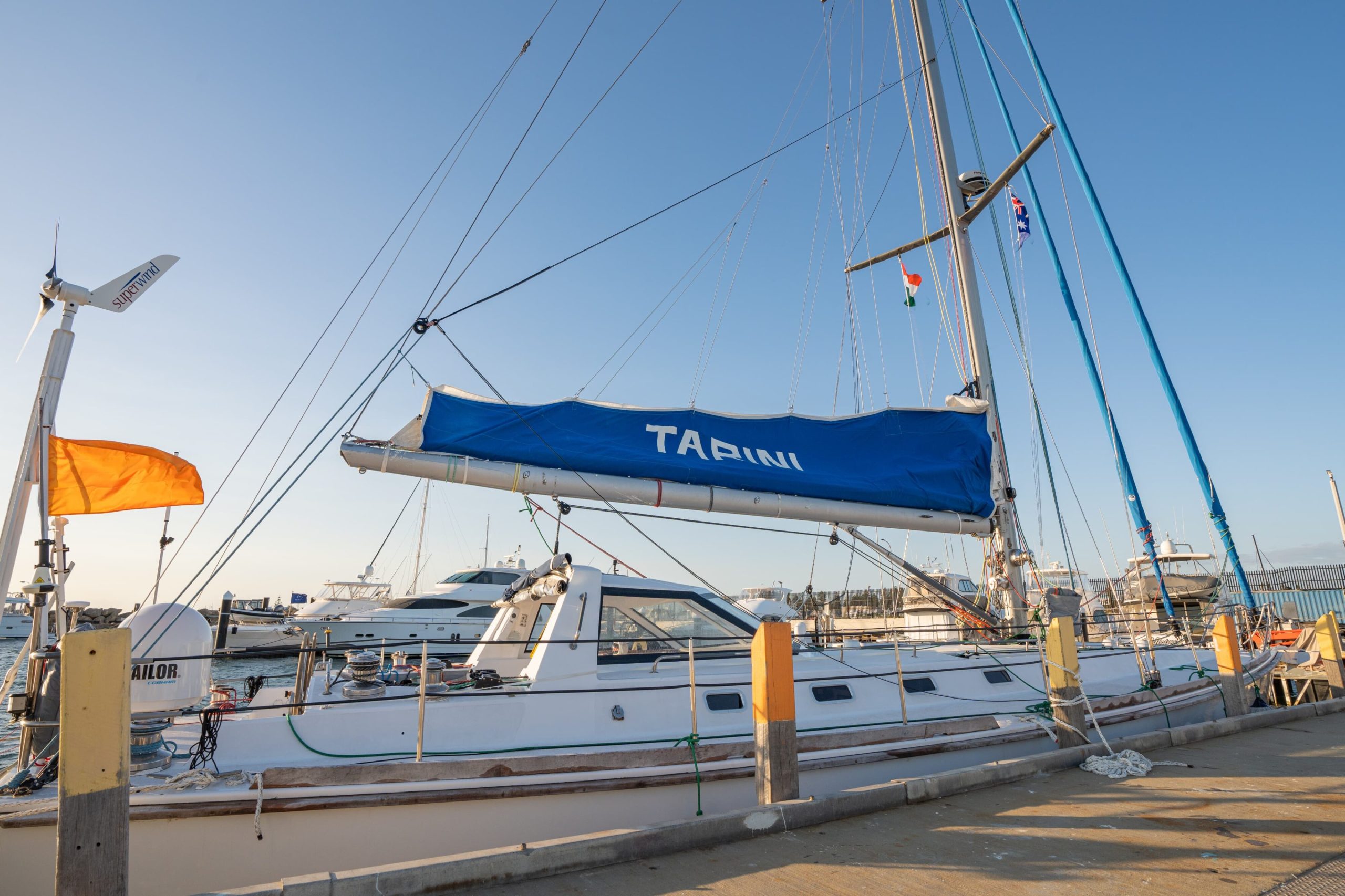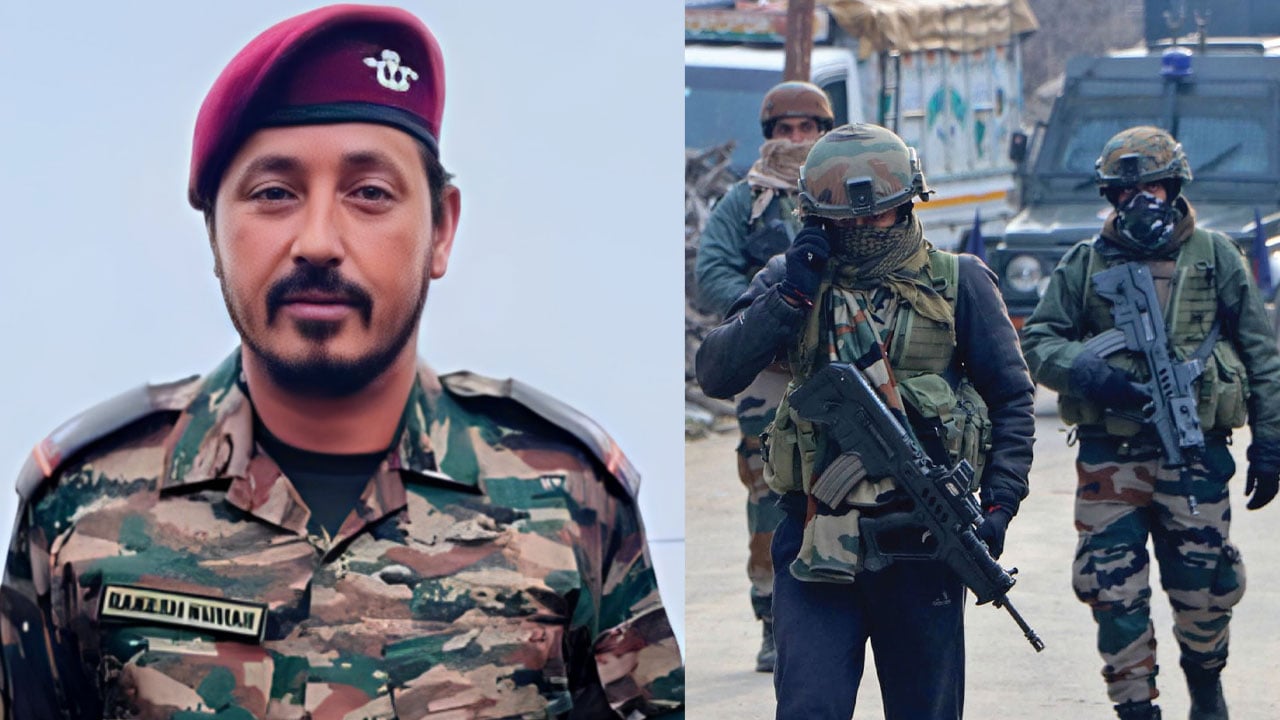Indian Army Inducts 550 Units of Indigenous ‘Asmi’ Machine Pistols into Northern Command
In a significant move towards self-reliance in defense technology, the Indian Army has successfully inducted 550 units of the indigenously…
Indian Army Para Commando Killed in Kishtwar Encounter with Terrorists
An Indian Army para commando lost his life during a gunfight with terrorists in the Kishtwar district of Jammu and…
East Tech Exhibition Urges Greater MSME Participation in Indigenous Defence Production
Kolkata: Lieutenant General Ram Chander Tiwari, the General Officer Commanding-in-Chief (GOC-in-C) of the Eastern Command of the Army, has called…
Indian Navy’s INSV Tarini Arrives in Australia After 38-Day Circumnavigation Voyage
The Indian Navy's Sailing Vessel, the INSV Tarini, has reached its inaugural port of call in Fremantle, Perth, Australia, as…
Actor Vijay Visits OTA Chennai
In a remarkable blend of film and community engagement, popular actor Vijay, who also leads the Tamilaga Vettri Kazhagam (TVK),…
JCO Rakesh Kumar Killed in Jammu and Kashmir Anti-Terror Operation
In a tragic turn of events during an ongoing anti-terror operation in Jammu and Kashmir's Kishtwar district, a junior commissioned…

